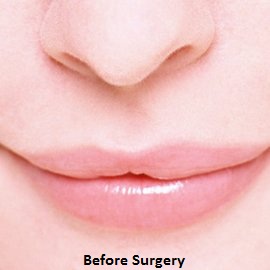Dental implant is a root device usually made of titanium used in dentistry to support restorations that resemble a tooth or group of teeth to replace missing teeth. Dental implants will fuse with bone. While chewing feel slightly different than natural teeth because they lack in periodontal ligament. Dental implants can be used to support a number of dental prostheses, including crowns, implant-supported bridges or dentures. The use of dental implants permits undirectional tooth movement.
A
Dental Implant designed to replace a single tooth is composed of three parts: the titanium implant that fuses with the jawbone; the abutment, which fits over the portion of the implant that protrudes from the gum line; and the crown, which is created by a prosthodontist or restorative dentist and fitted onto the abutment for a natural appearance. Endosteal done in the bone and Subperiosteal done on the bone
Dental Implants Can Do
1. Replace one or more teeth without affecting bordering teeth.
2. Support a bridge and eliminate the need for a removable partial denture.
3. Provide support for a denture, making it more secure and comfortable.
Types of Implants
a) Endosteal: This is the most commonly used type of implant. The various types include screws, cylinders or blades surgically placed into the jawbone. Each implant holds one or more prosthetic teeth. This type of implant is generally used as an alternative for patients with bridges or removable dentures.
b) Subperiosteal: These are placed on top of the jaw with the metal framework's posts protruding through the gum to hold the prosthesis. These types of implants are used for patients who are unable to wear conventional dentures and who have minimal bone height.
Surgical Procedure
1. Careful and detailed planning is required to identify vital structures such as the inferior alveolar nerve or the sinus, as well as the shape and dimensions of the bone to properly orient the implants for the most predictable outcome.
2. CT scan needed to Observe the Function.
3. A pilot hole is bored into the recipient bone ,drilling into jawbone usually occurs in several separate steps. The pilot hole is expanded by using progressively wider drills. Care is taken not to damage the osteoblast or bone cells by overheating. A cooling saline or water spray keeps the temperature of the bone to below 47 degrees Celsius. The implant screw can be self-tapping, and is screwed into place at a precise torque so as not to overload the surrounding bone.Surgeons must take the added length into consideration when drilling in the vicinity of vital structures.
4. An incision is made over the crest of the site where the implant is to be placed.
5. Healing process takes upto 2 to 8 Months.
Advantages of Dental Implants
1. Dental implants can change your Face for the Better
2. No damage to Neighbouring Teeth
3. Improve Self-Confidence
4. Dental implants look and feel like your own teeth
5. Dental implantation highly Reliable.
If you are a Patient, Consult a Doctor for More Details.
Visit Us:
www.reconfaceindia.com














